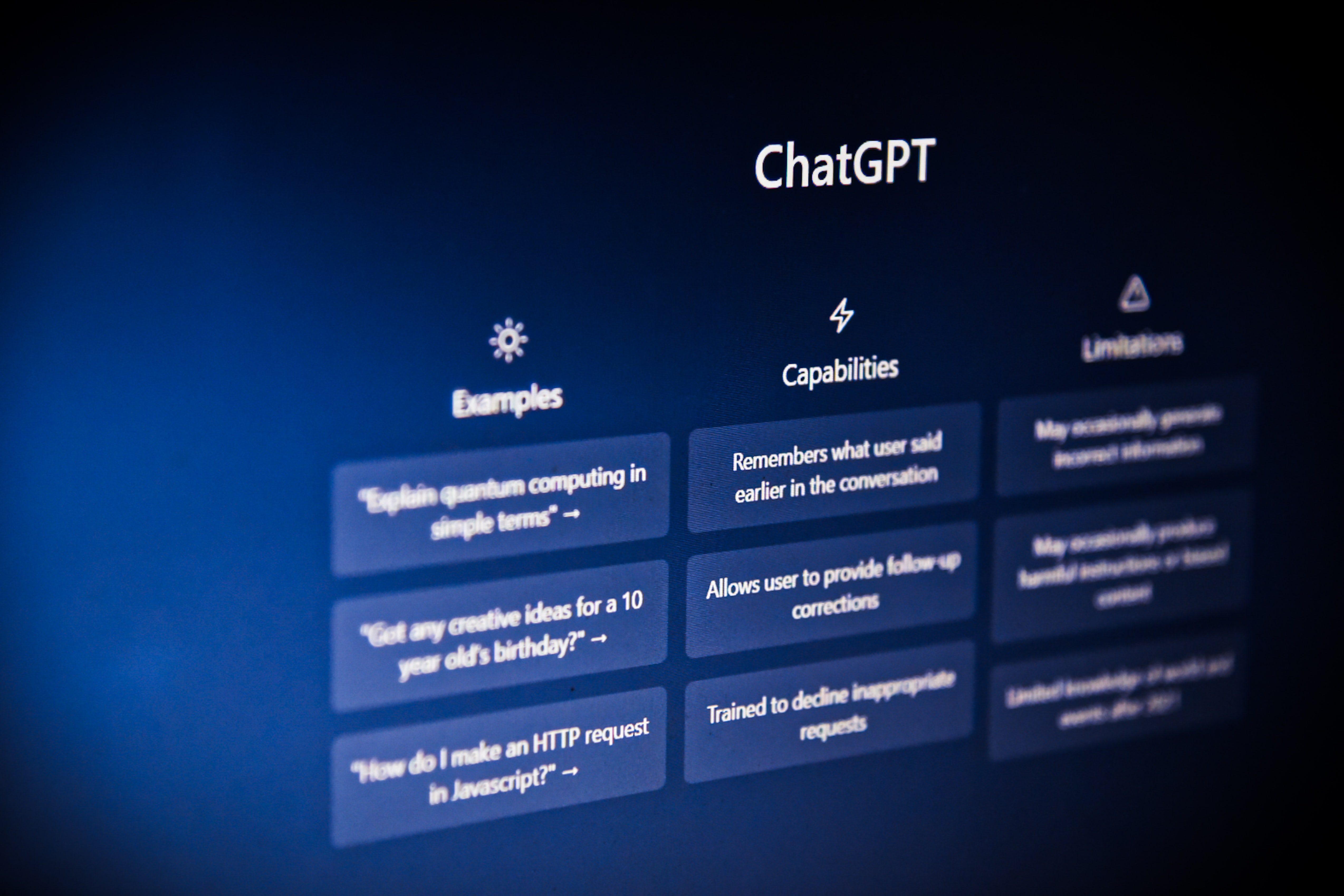In today’s fast-paced world, we are increasingly reliant on technology to help us stay connected, informed, and productive. Artificial intelligence (AI) is one of the most exciting and rapidly-evolving areas of technology, with new applications being developed all the time. One of the most fascinating recent developments in AI is ChatGPT, a powerful language model that is already being used in a wide range of applications. In this post, we will explore what ChatGPT is and how it works, as well as some of its potential uses.
What is ChatGPT?
ChatGPT is an AI language model that is capable of generating natural language responses to a wide range of prompts. It was developed by OpenAI, a research organization that is dedicated to advancing AI in a safe and responsible manner. ChatGPT is based on a type of AI known as deep learning, which involves training large neural networks on massive amounts of data. The model was specifically designed to generate text that is indistinguishable from text written by a human.
How does ChatGPT work?
ChatGPT is based on a type of neural network known as a transformer. Transformers are capable of processing sequences of data, such as words in a sentence or characters in a string of text, and generating output based on that sequence. To train the model, researchers at OpenAI fed it with huge amounts of text from the internet, including books, articles, and other sources. The model was then able to learn patterns in the data and generate text that is similar in style and content.
One of the key features of ChatGPT is its ability to generate text that is contextually relevant. This means that the model is able to take into account the context of a given prompt and generate a response that is appropriate. For example, if you were to ask ChatGPT “What is the weather like today?”, it would be able to generate a response based on the current weather conditions in your location.
Potential Uses of ChatGPT
ChatGPT has a wide range of potential uses in a variety of industries. One of the most exciting applications of the technology is in chatbots and virtual assistants. Companies are already using chatbots to provide customer service and support, and ChatGPT could be used to make these bots even more advanced and capable. By generating more human-like responses, chatbots could help to improve customer satisfaction and reduce the workload on human support staff.
Another potential application of ChatGPT is in content creation. The model could be used to generate articles, reports, and other types of content, which could be particularly useful in industries such as journalism and content marketing. With the ability to generate high-quality content quickly and easily, companies could save time and money while still producing engaging and informative content. (Like we did when we asked ChatGPT to write this post for us! 😈).
In addition to these more practical applications, ChatGPT could also be used in creative fields such as art and music. By generating text that is poetic or lyrical, the model could be used to create unique and expressive works of art.
Conclusion
ChatGPT is an exciting development in the field of artificial intelligence, with the potential to revolutionize the way we interact with technology and each other. By generating natural language responses that are indistinguishable from those of a human, ChatGPT could be used in a wide range of applications, from chatbots and virtual assistants to content creation and even art. While there are still challenges to be overcome, such as issues of bias and privacy, the potential benefits of ChatGPT are significant. As the technology continues to evolve and mature, we are likely to see even more innovative applications of this fascinating AI language model.
In the coming post we will be discussing about the potential risks of ChatGPT and how it will affect our world moving forward.
Featured Photo by Om siva Prakash on Unsplash



